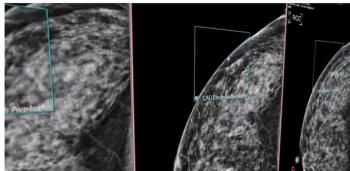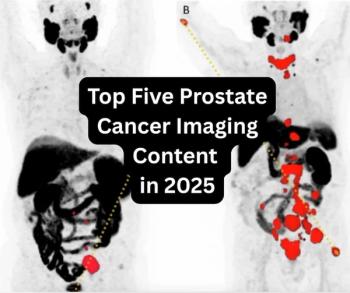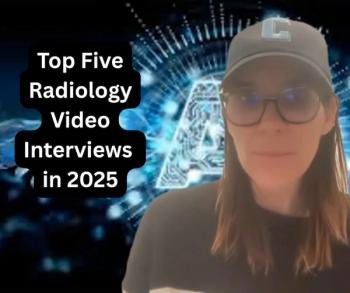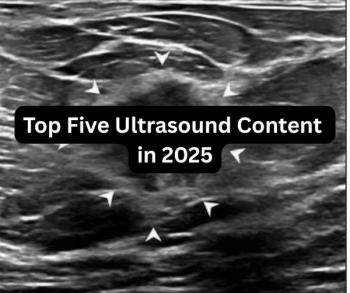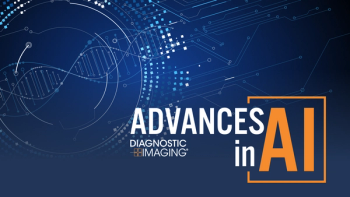
Toshiba moves to new Sun platform to boost nuclear workstation’s power
Company will also display E.Cam from SiemensAt its Society of Nuclear Medicine booth, Toshiba America Medical Systems, of Tustin, CA, plans to highlight the processing speed of the latest version of its nuclear medicine workstation. Toshiba's
Company will also display E.Cam from Siemens
At its Society of Nuclear Medicine booth, Toshiba America Medical Systems, of Tustin, CA, plans to highlight the processing speed of the latest version of its nuclear medicine workstation. Toshiba's computer is running on an Ultra 1 170, which is based on a speedy UltraSPARC CPU developed by Sun Microsystems of Mountain View, CA.
Toshiba decided to switch to the Sun platform in 1992 and follow the computer developer as it brings faster new workstations to market, according to Steve Sickels, acting director of Toshiba's nuclear medicine business unit. Since then, Toshiba has developed its software to make the transfer to each new Sun platform as seamless as possible.
"It's nice to take software off an old Sun computer, put it on a brand-new one, and see it work three or four times faster," Sickels said. "We don't have to wait a long time to reconfigure and reprogram software to make it run on new Sun systems."
Toshiba has made its workstation technology a major point of differentiation between itself and its nuclear medicine competitors. That's readily apparent in the recent agreement Toshiba signed with Siemens to sell that vendor's E.Cam variable-angle dual-head gamma camera (SCAN 4/2/97). Toshiba's version of E.Cam will be sold with Toshiba's Ultra workstation, rather than the Icon computer developed by Siemens.
Toshiba will display an E.Cam gantry in its SNM booth, in addition to other cameras in the company line, like the fixed-angle dual-head GCA 7200A and single-head GCA 7100A, both of which also employ Ultra computers. Toshiba is ready to begin taking orders for E.Cams, and plans to begin shipping them in the fourth quarter. E.Cam enables Toshiba to participate in the cardiac imaging segment of nuclear medicine for the first time, and the company plans to discuss cardiac applications such as quantitative gated SPECT, according to Sickels.
In other areas of its booth, Toshiba will emphasize DICOM connectivity and the ability to use the Internet to transfer images with Toshiba's Infinia personal computer. Another Toshiba technology, digital video disk (DVD) will be displayed as a possible high-density storage medium for nuclear medicine images. Toshiba is still 12 to 18 months away from selling DVD to the clinical market, as the company is still working on rewritable DVD technology, Sickels said.
Newsletter
Stay at the forefront of radiology with the Diagnostic Imaging newsletter, delivering the latest news, clinical insights, and imaging advancements for today’s radiologists.

